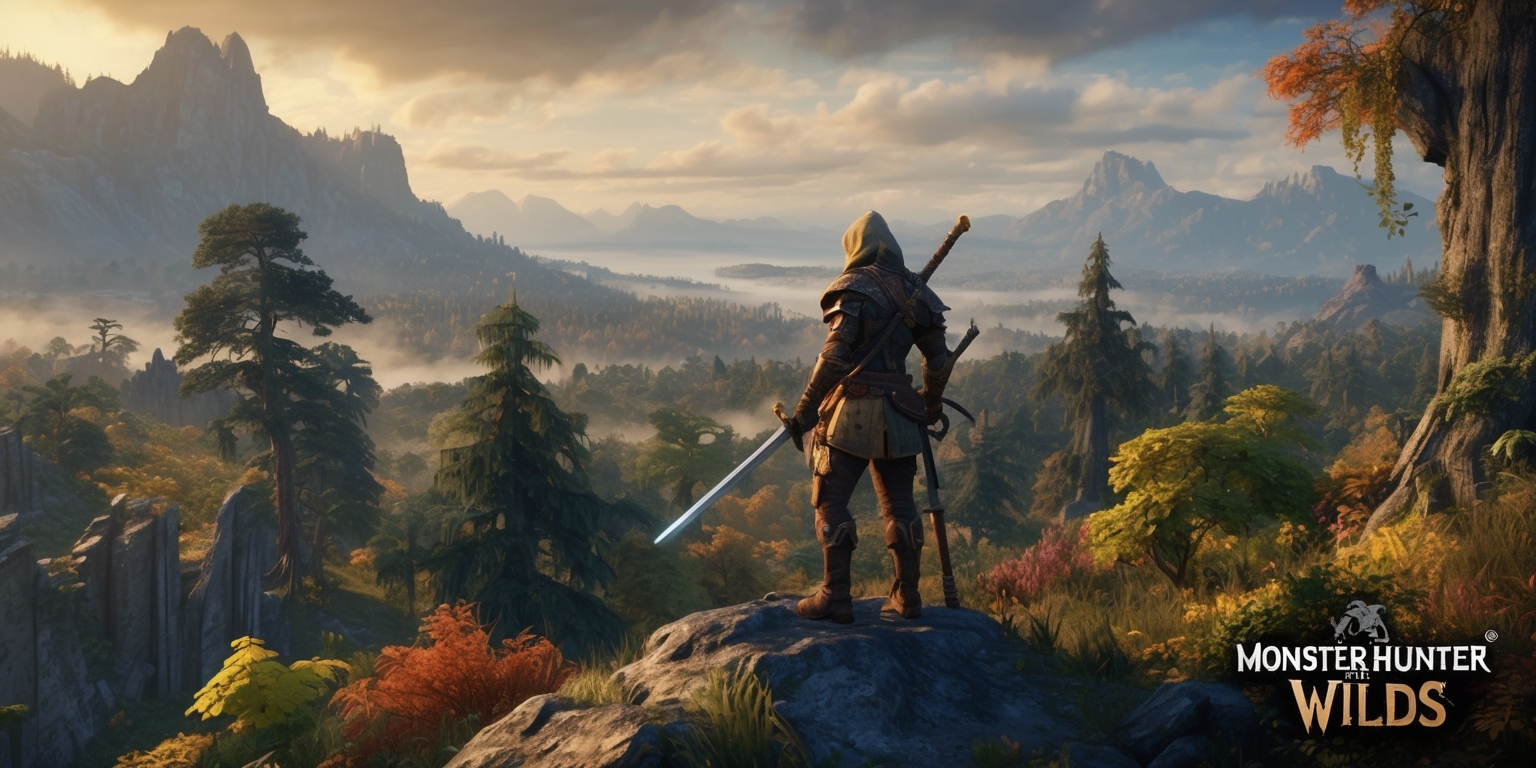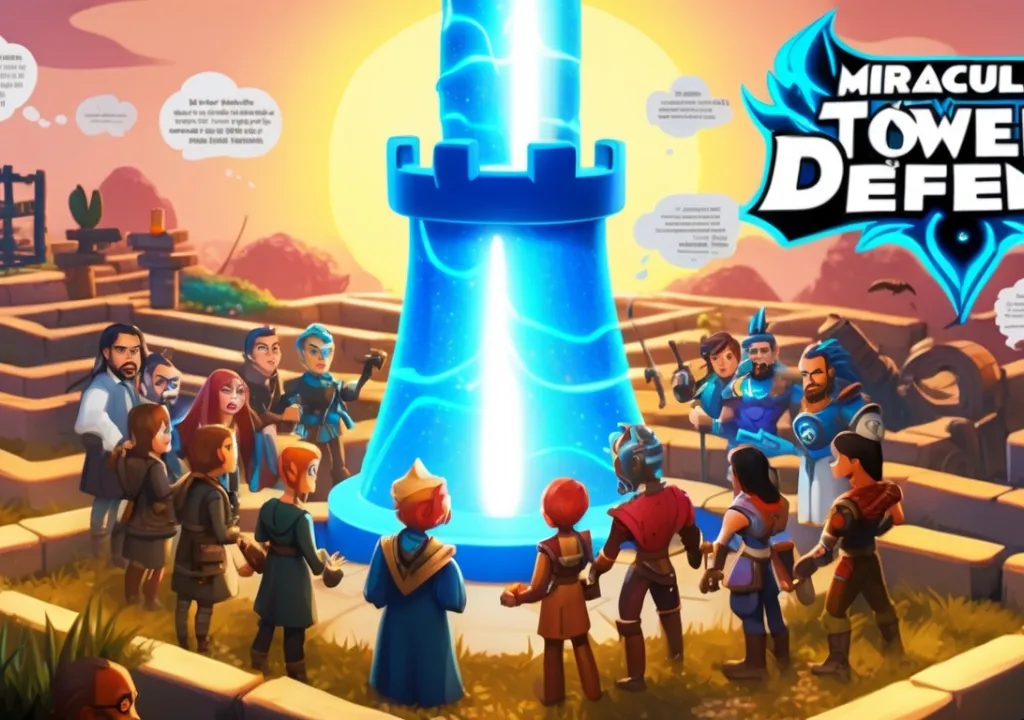
Within the dynamic realm of Monster Hunter Wilds, a uniquely challenging aquatic endeavor awaits players who seek to harness the rewards of nature. Adventurers are drawn to an elusive aquatic creature prized for its shimmering scales and inherent value in side quests. The art of fishing becomes a crucial skill in unlocking hidden resources scattered across diverse, atmospheric environments. Behind every ripple in calm water or shadowed cave lies the promise of rare materials that can transform the course of exploration. When you set out on this adventure, be ready to immerse yourself in a realm where environmental cues and seasonal shifts intertwine with gameplay strategy, and every cast of your line might reveal yet another secret of this unpredictable, living wilderness.
Glimmering Beginnings in Aquatic Quests
A captivating journey into the realm of aquatic pursuits begins with the quest for a creature marked by its golden luminescence. In Monster Hunter Wilds, the intrinsic value of this enchanting fish becomes evident when its gleaming scales are needed to complete challenging side quests. Players learn that patience and observational skills remain key when venturing out to secure this elusive treasure. No longer is fishing reduced to a simple pastime; it transforms into an integral gameplay mechanic that calls for strategic resource management. Along the way, hunters glean insights into optimal fishing spots, proper baiting techniques, and the importance of setting up safe camps in secluded spots. Every successful cast enriches the adventure, paving the way for deeper mastery over the natural world.
Exploration of Secret Caverns and Shaded Waters
Diving deeper into the game landscape reveals a network of mysterious caverns and shaded water bodies that serve as clandestine holding grounds for aquatic wonders. Areas tucked away from direct sunlight, such as wind-swept plains and cool underground locations, become prime hunting grounds for those targeting the luminous fish. The game meticulously designs these environments so that natural light and hidden crevices offer both challenge and safety for entering players. By seeking refuge in underwater caves and secluded alcoves, adventurers find secure grounds where monster encounters are minimal, allowing uninterrupted fishing sessions. These carefully crafted settings Inspire players to investigate every hidden corner of the lush, interactive world, while the interplay of natural light and shadow amplifies the immersive quality of the overall gameplay experience.
Seasonal Transformations that Boost Opportunities
One of the most dynamic elements in Monster Hunter Wilds is the impactful role of changing seasons. During the season of Plenty, the landscape awakens with unprecedented abundance. This period significantly elevates the spawn rates of the glowing aquatic creatures, providing an unparalleled window for dedicated hunters to enhance their inventory with rare scales. The seasonal shifts influence more than just the appearance of predictable flora and fauna—they redefine game mechanics and challenge players to adapt their strategies quickly. Enthusiastic explorers notice that timing their fishing expeditions during these high-yield periods can markedly improve their progression in side quests. The subtle cues offered by environmental changes underscore the game’s emphasis on merging natural phenomena with intricate gameplay design.
Strategic Environmental Cues and Targeted Lures

Advanced players quickly learn that the successful capture of these radiant fish requires more than just expert angling techniques; it hinges on understanding the nuanced relationship between the environment and the creature. Within the gameplay mechanics, specific lures are designed to mimic natural scents and tips of shimmering brilliance. Notably, the Golden Bughead lure—a reward from introductory side quests—has proven particularly effective in drawing these creatures to your chosen fishing spot. Such tactics reveal a deeper layer of strategy where every environmental cue and equipment upgrade serves a precise purpose. Players must balance their knowledge of natural light dynamics, water conditions, and lure attraction to optimize their efforts, all while navigating the varying textures and scales of the game’s immersive ecosystems.
The Treasure of Golden Scales and Its Uses
The allure of the vibrant fish extends beyond its striking appearance; the treasured scales it carries hold extraordinary value in the realm of Monster Hunter Wilds. The golden scales are not simply a cosmetic asset—they form a key component needed to conquer specific side challenges. As players collect these scales, they unlock pathways to new quests and additional adventures, each testing the hunter’s mettle and resourcefulness. Every scale encapsulates the story of its watery origin, merging the thrill of the hunt with tangible rewards that embolden the journey. This dynamic resource acts as both a symbol and an instrument of triumph in the game, reinforcing the importance of technique, precision, and the interplay between nature’s bounty and player ambition.
The Rich Diversity of Regional Aquatic Spots
Monster Hunter Wilds boasts a vast mosaic of environments where aquatic life thrives under varying conditions. The diversity of regions—from the delicate ripples of Windward Plains to the enigmatic allure of Iceshard Cliffs—provides a canvas for players to experiment with different fishing strategies. Each area is designed to present unique sets of challenges and benefits, with ambient lighting and water conditions tailored to enhance the natural allure of the golden fish. Players discover that while some regions may require endurance and persistence, others offer pockets of safety where the hazards of roaming monsters are significantly reduced. The geographic variety injects freshness and vitality into every expedition and encourages a deep exploration of the game’s meticulously crafted ecosystems, reinforcing the importance of regional awareness in gameplay achievements.
Safe Havens Beneath Cascading Waterfalls
Among the most inviting locales for fishers within the game is a hidden cave veiled behind a cascading waterfall. This secluded hideaway not only offers an uninterrupted fishing experience, but also serves as a strategic sanctuary where players can rest and plan further actions without external threats. Within these confines, the serenity of the environment fosters an atmosphere ideal for targeted fishing endeavors. Players set up pop-up camps, which provide safe storage for their gear while they focus on the rhythmic art of baiting and reeling in fleeting opportunities. This safe haven demonstrates the game’s thoughtful balance between danger and respite, allowing adventurers to refine their techniques in an environment specifically designed to minimize disruptions, thereby enhancing their focus on the task at hand.
Innovative Techniques and Tactical Adaptations
In the intricate dance of sword and hook, every move counts. Mastering the art of magical angling in Monster Hunter Wilds requires a blend of innovative techniques and tactical adaptations to overcome nature’s unpredictable challenges. Players must invest time in experimenting with various lures, gear enhancements, and fishing locations to discover the optimal combination that yields the elusive creature’s appearance. The learning curve reveals an emphasis on resourcefulness where knowledge of environmental patterns becomes just as vital as swift reflexes. Through trial and observation, dedicated hunters refine their strategies into a well-coordinated sequence of actions. This evolution of personal technique isn't just a means to complete side quests, but a journey of mastering the interconnected systems of natural behavior, a ritualistic process that compliments the overarching game design.
Environmental Symphonies and Immersive Detailing
The interplay between light, water, and terrain in Monster Hunter Wilds creates a visual and interactive symphony that captivates players. Detailed environmental settings enrich the fishing experience long before the moment the line is cast. Every cave radiates its own unique atmosphere, where contrasting colors and lighting effects merge into an organic backdrop for aquatic hunts. The subtle interplay of sunshine and shadow in regions like the Scarlet Forest, for example, not Not only does it enhance the overall visual appeal, but it also exerts a significant impact the gameplay by modulating fish behavior. The meticulous attention to natural detailing fosters a more immersive experience, making each fishing journey not merely a quest for in-game rewards, but a sensory expedition through a meticulously rendered and living world that mirrors both beauty and hidden peril.
Dynamic Coordination Among Game Elements
At its very core, Monster Hunter Wilds features the effective coordination between seemingly disparate game elements—each designed to influence the quest for the prized fish. The synchronization of character abilities with environmental conditions shapes how players navigate challenges. Players are encouraged to traverse various regions, shifting from one base camp to another in a graceful dance of strategy and persistence. This coordinated approach involves switching between regions such as the Oilwell Basin and Scarlet Forest, where each locale offers differing probabilities for the fish to appear. The deliberate association between the character’s movements and the game’s seasonal adjustments further magnifies the thrill of anticipation. Every strategic shift is a testament to the game’s reward system, emphasizing careful planning and adaptive tactics.
Precision Planning and Persistent Efforts
The process of capturing and exploiting the resources offered by the golden fish demands precision planning and relentless persistence. Players are taught early on that a single session in a familiar cave might not yield the sought-after prize, so strategic recalibration is essential. By retreating to alternative base camps and patiently waiting for the natural cycles to reset, hunters harness the ebb and flow of aquatic life frequencies. This cyclic nature of resource appearance reinforces the importance of consistent effort balanced against tactical retreat. Consequently, this process encourages a long-term engagement with the game, where each fishing expedition contributes essential lessons for future encounters. The routine of revisiting key areas and monitoring the dynamic interplay between past actions and emerging conditions makes every cast a calculated risk imbued with hopeful anticipation.








